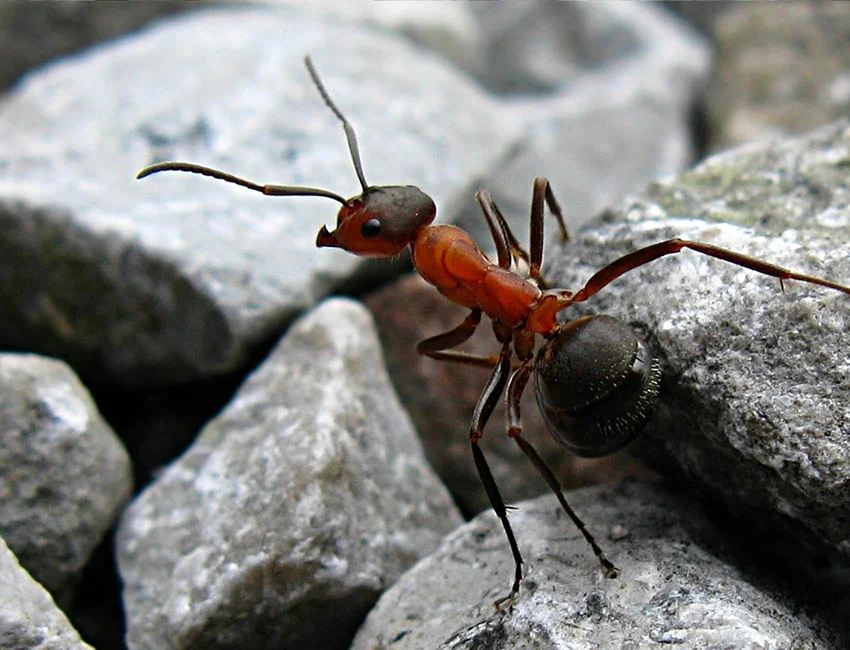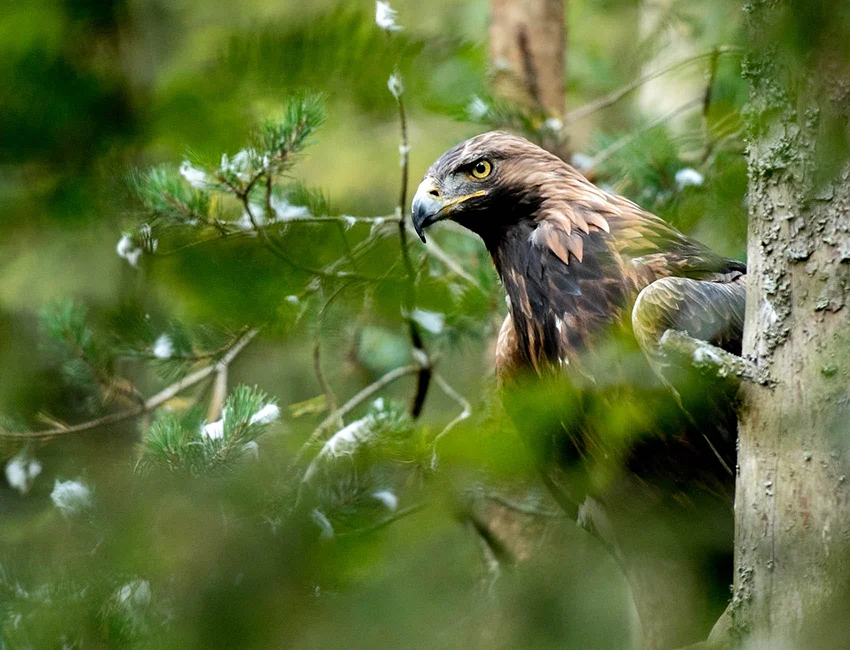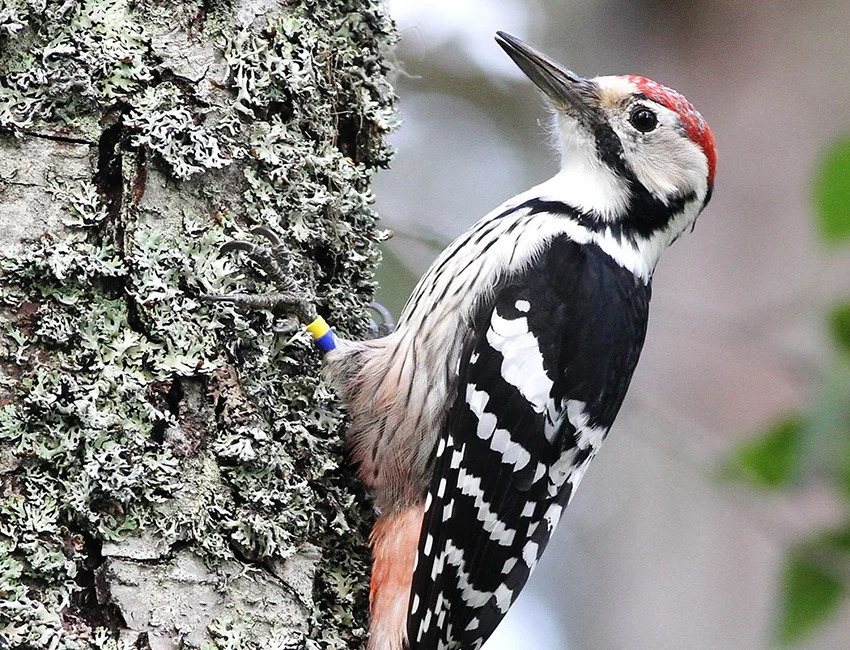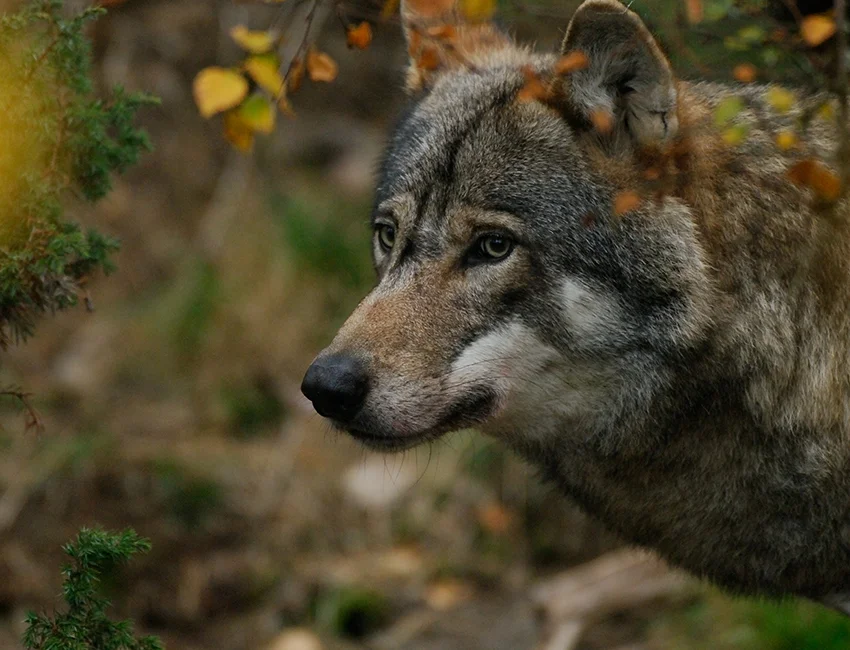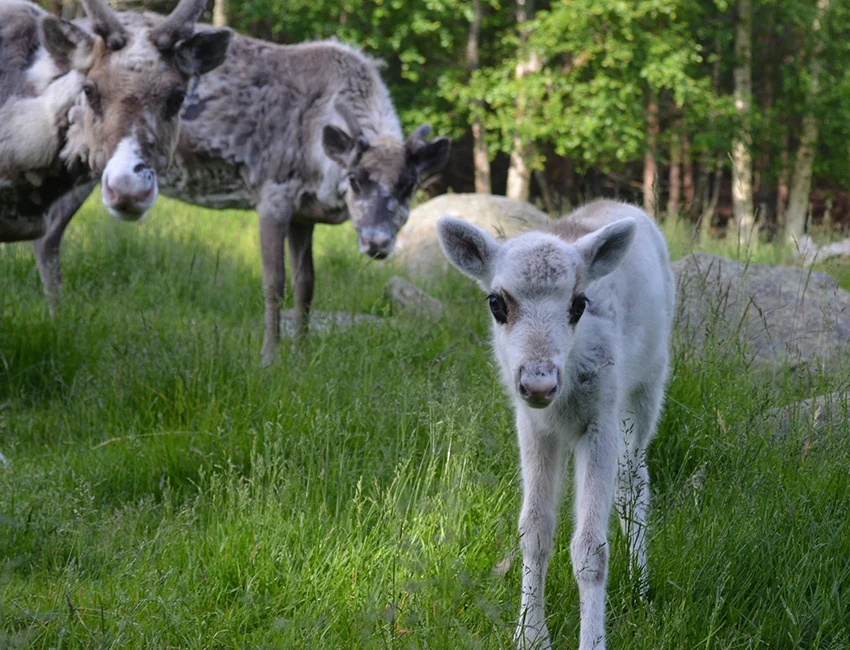Jämtland goat
Capra hircus
It´s modest feeding needs made the Jämtland goat an excellent dairy animal for crofts and farms. Goats eat less in proportion to their size than cows, so they are cheaper to keep. A pure native goat, the Jämtland goat is well suited to pasture. It has long been kept as a dairy goat, with a single animal able to provide 500 liters of rich milk a year.
Jämtland goat
They are fine-boned with a narrow head. The coat is mainly white with black, brown, or grey markings.
The goat is ruminant and eats grass, bushes, and bark from trees. Both rams and goats usually have horns but there are examples of them without horns. The horns of a ram can measure up to one meter.
Its modest feeding needs made the Jämtland goat an excellent dairy animal for crofts and farms. Goats eat less in proportion to their size than cows, so are cheaper to keep. The Jämtland is one of three breeds of peasant goat, the others being the Lapp and the southern Swedish Göinge. A pure native goat, the Jämtland is well suited to pasture. It has long been kept as a dairy goat, with a single animal able to provide 500 litres of milk a year.
Fact
Family: Even-toed ungulates (Artiodactyla)
Scientific name: Bovids
Conservation status: NT
Weight: 25-60 kg
Withers height: 70 cm
Age: 10-15 years
Youngs: 1-2 kids, in rare occasions 3.
Conservation status







